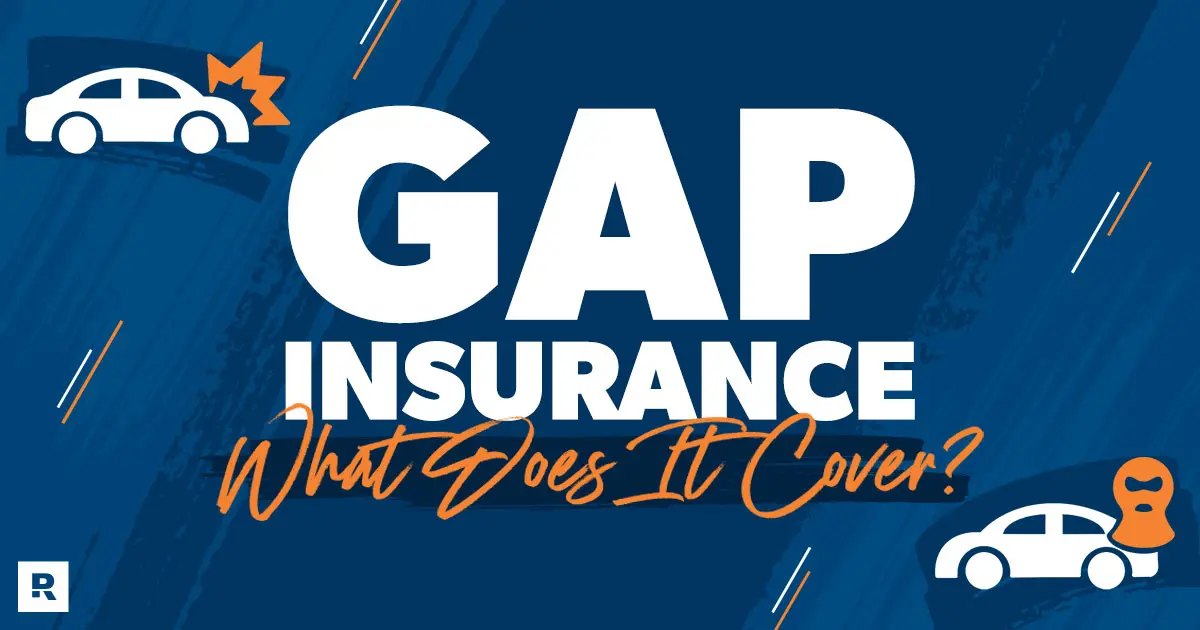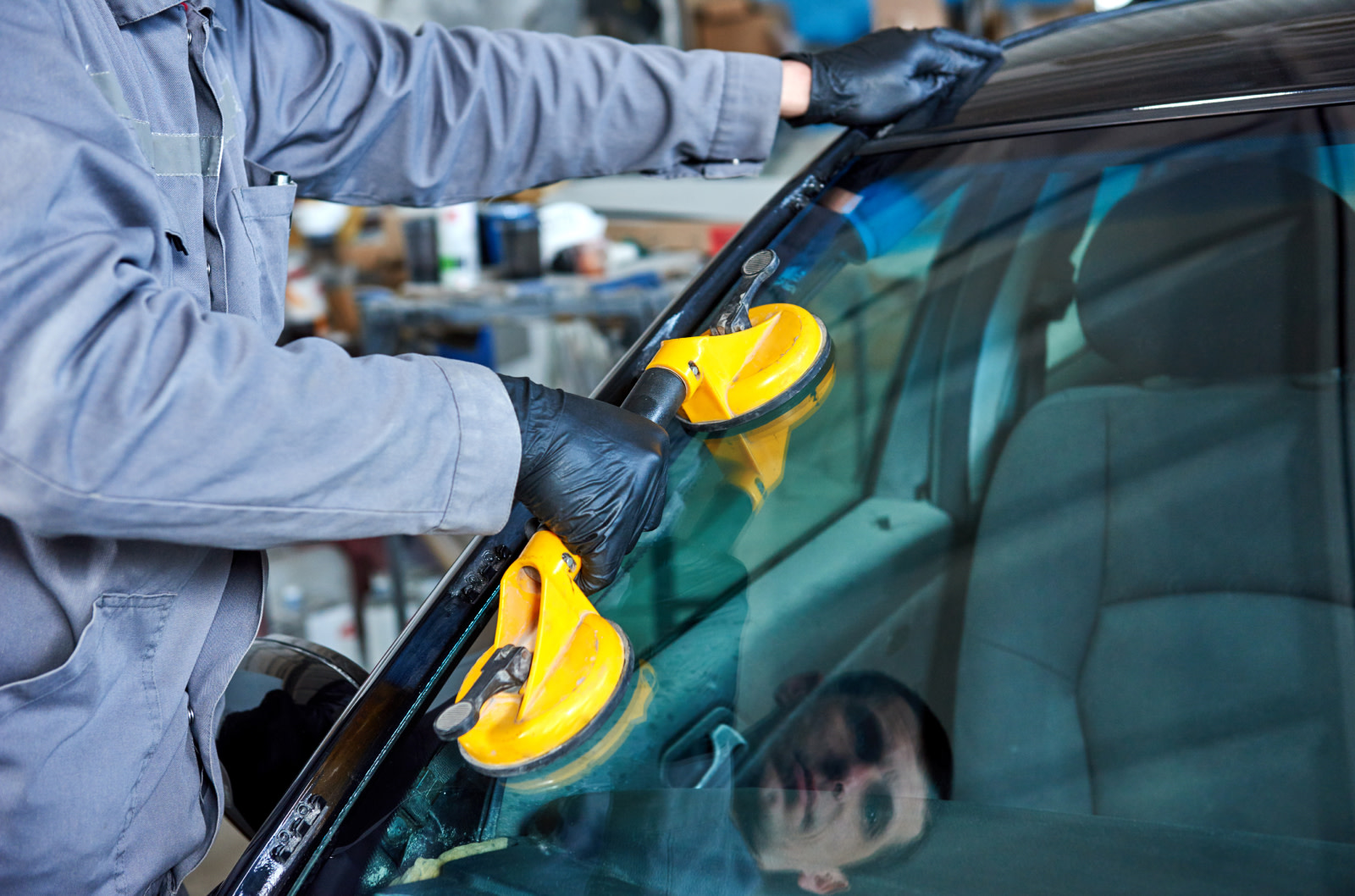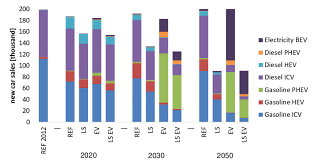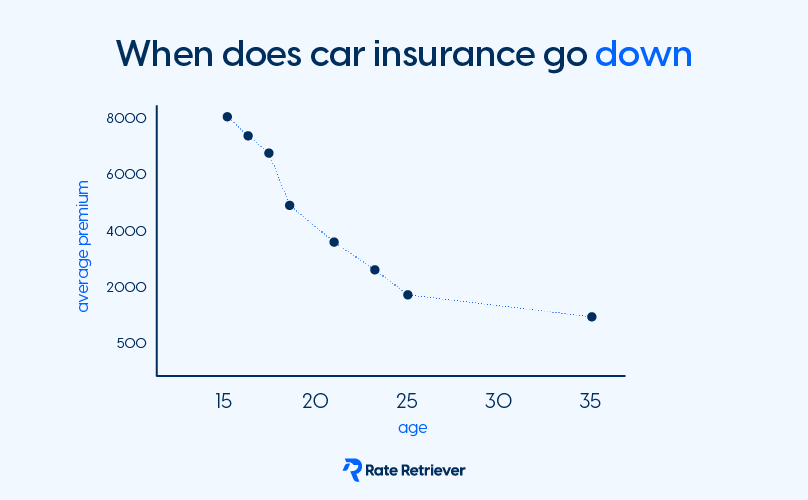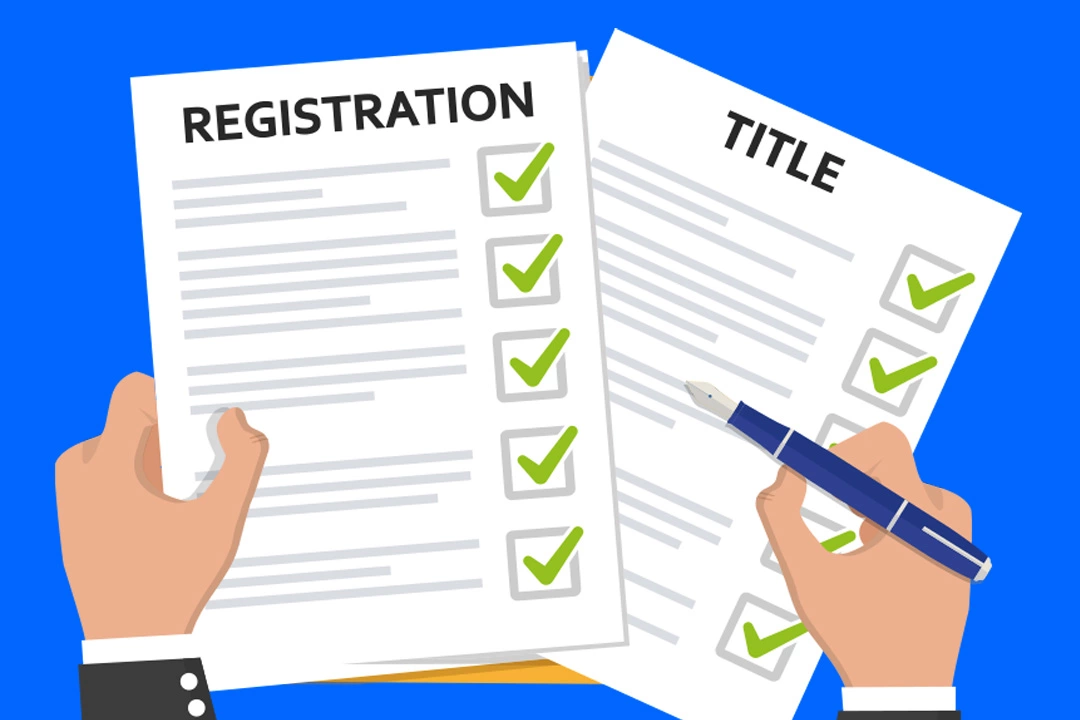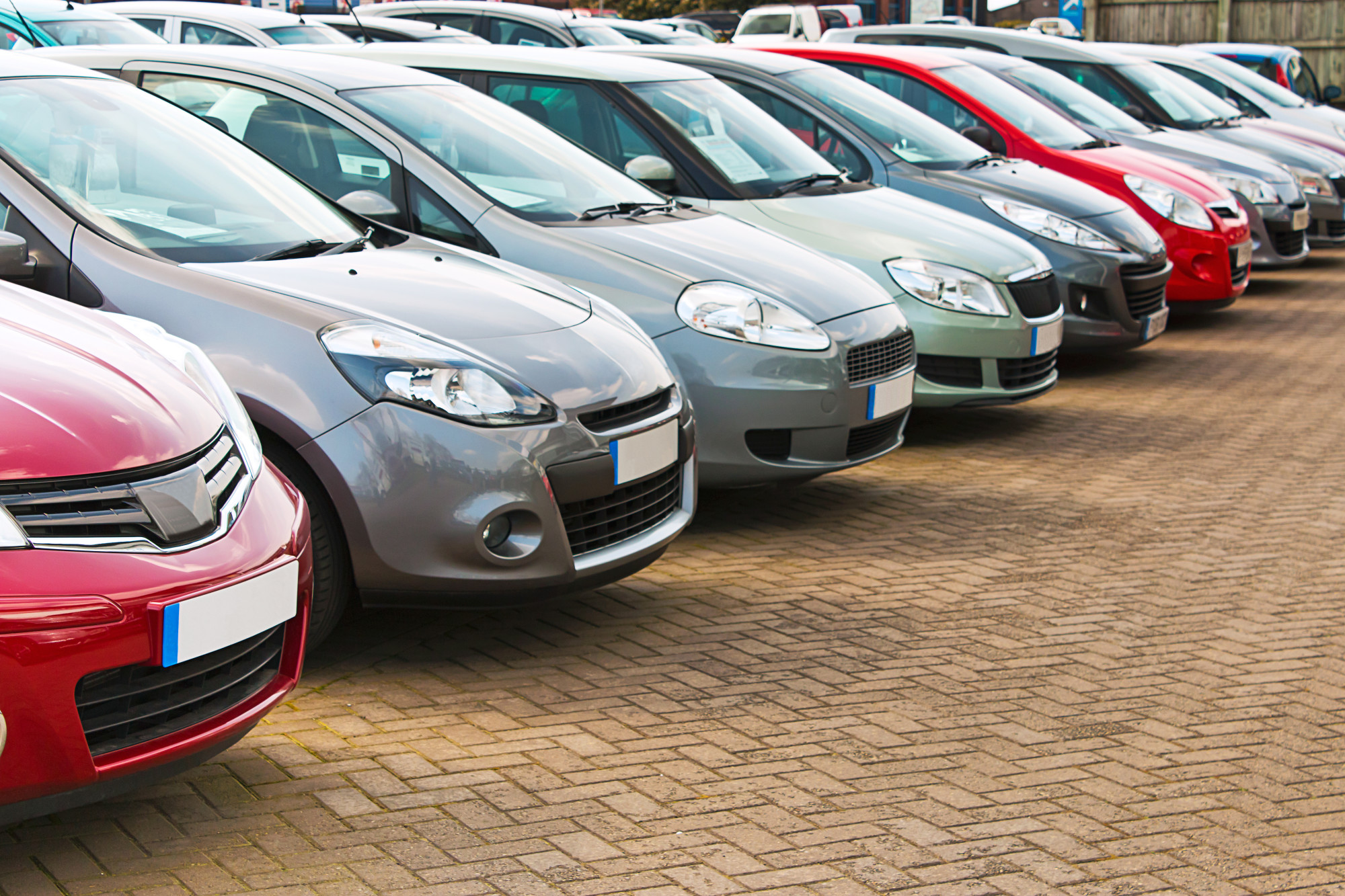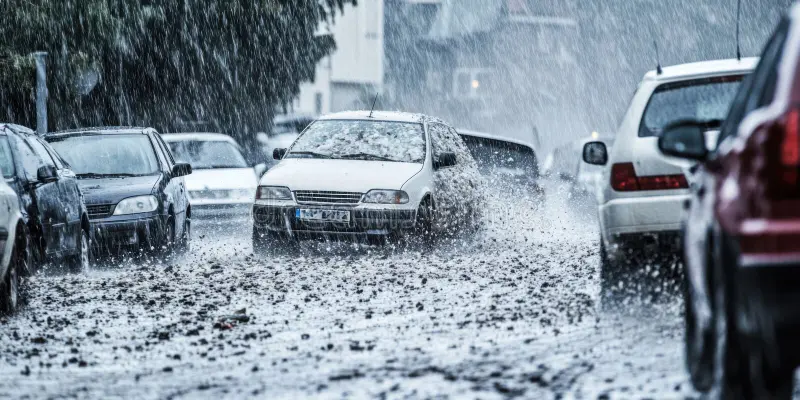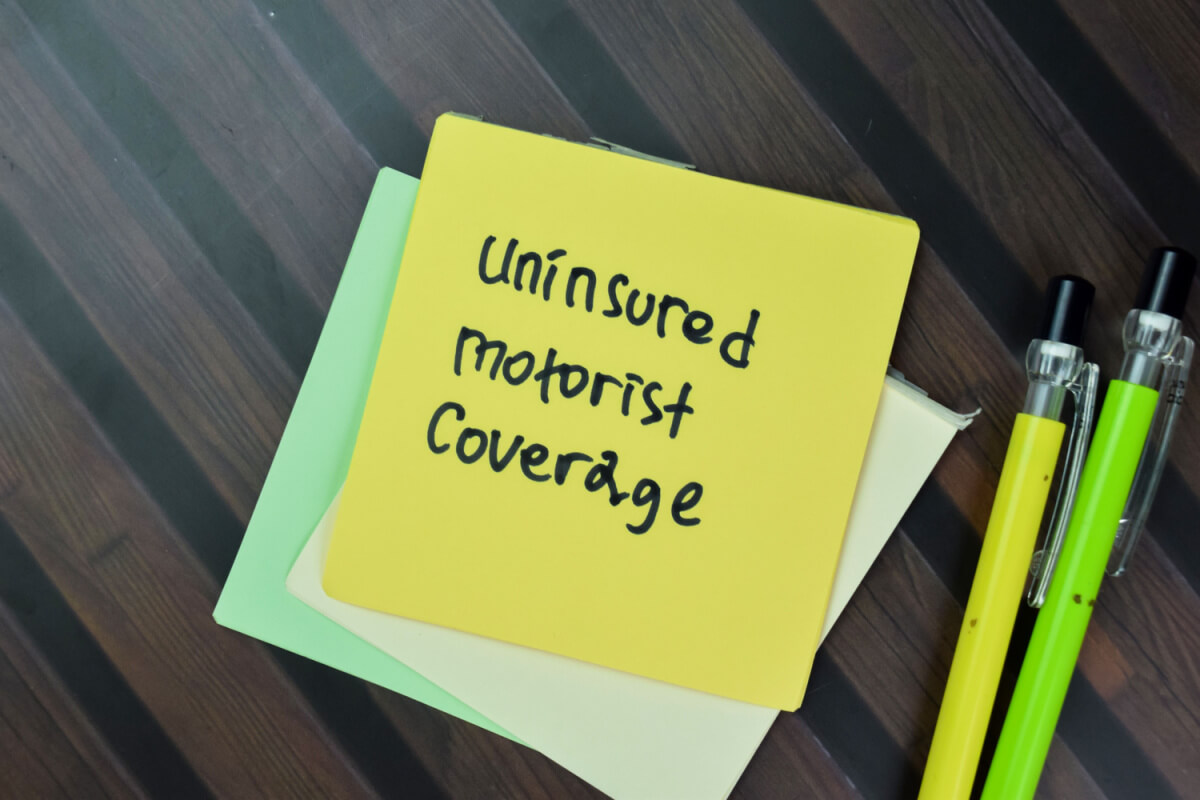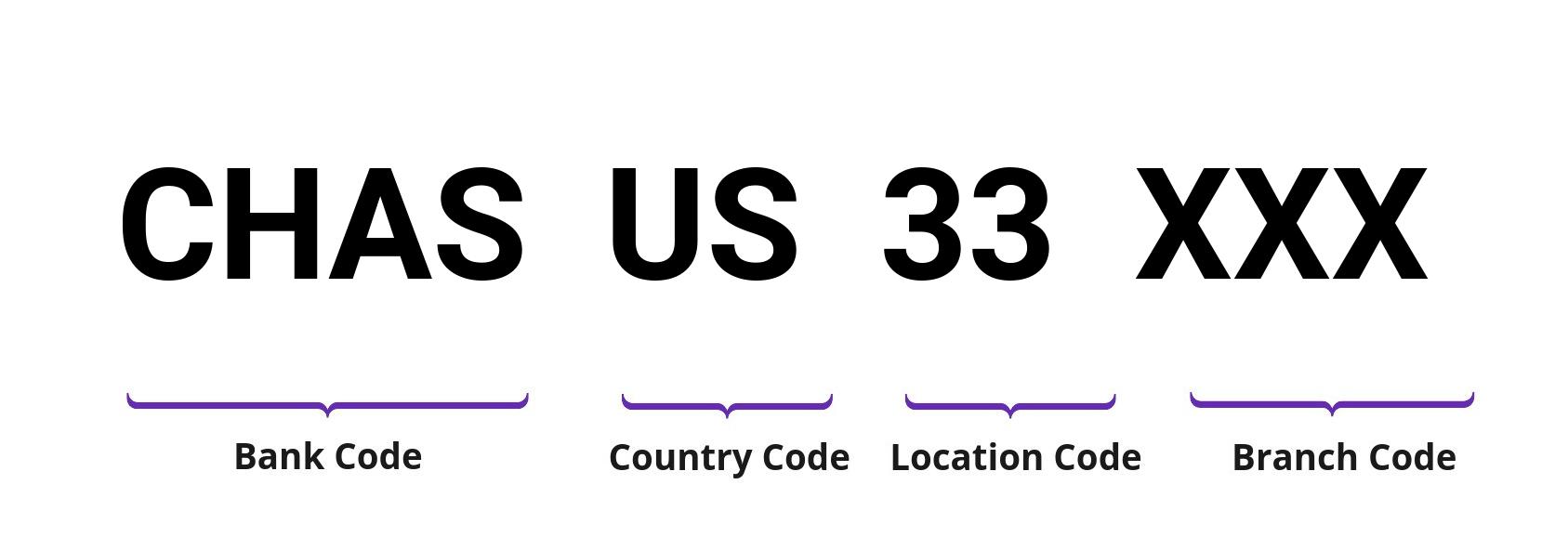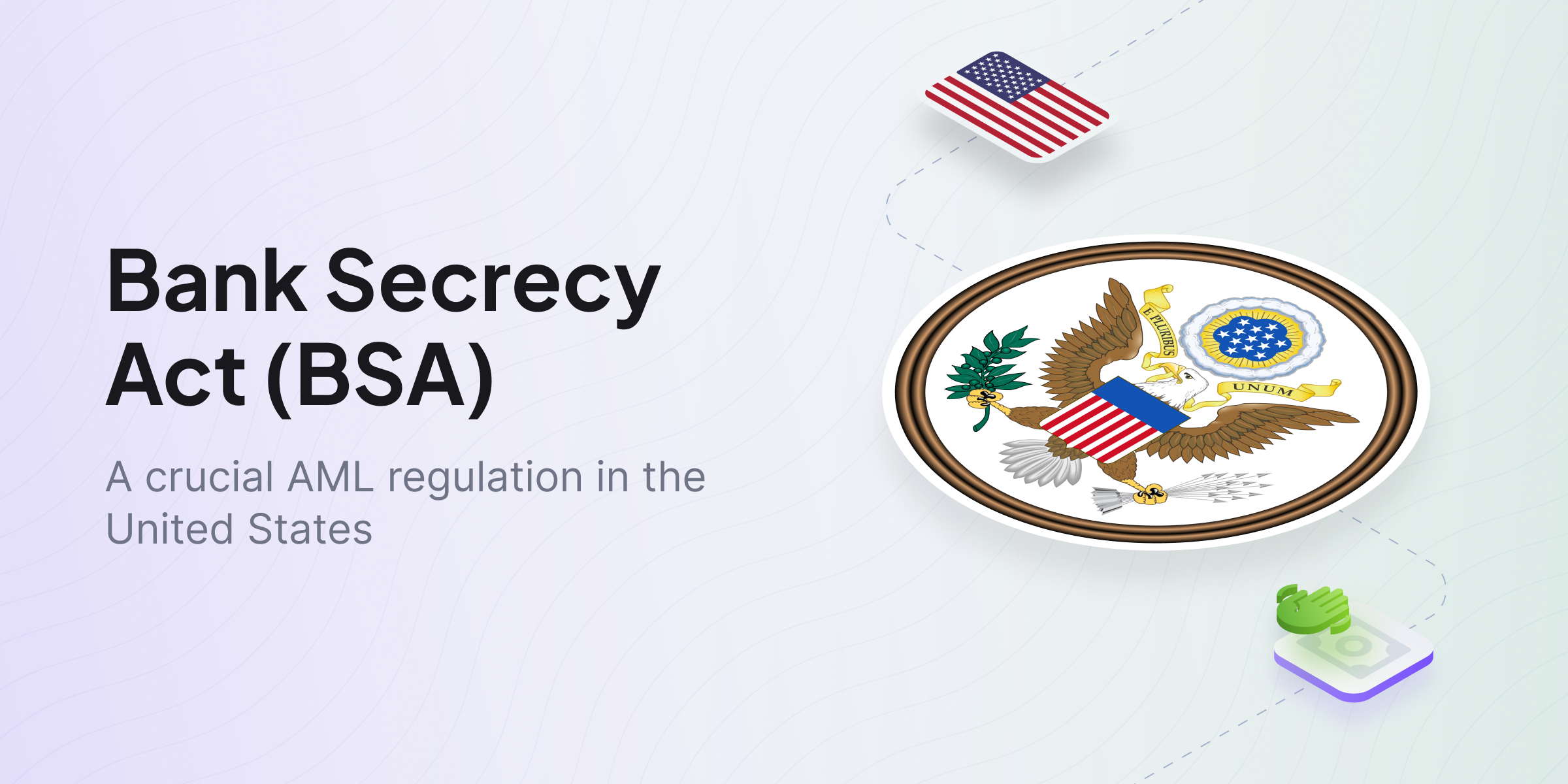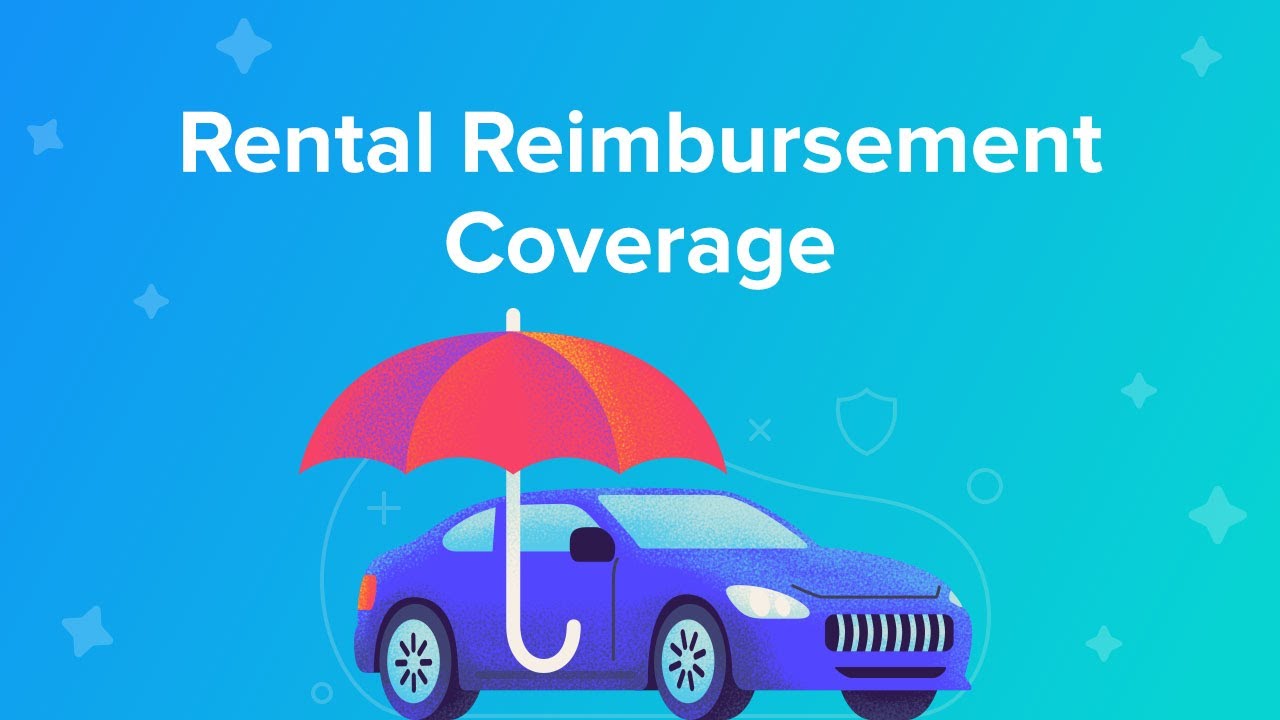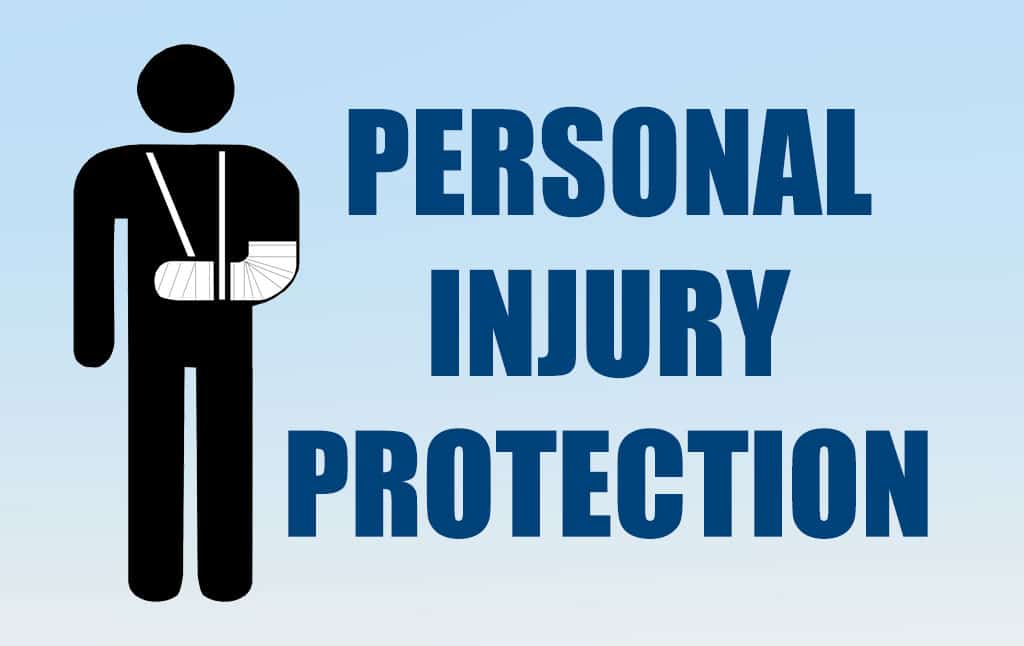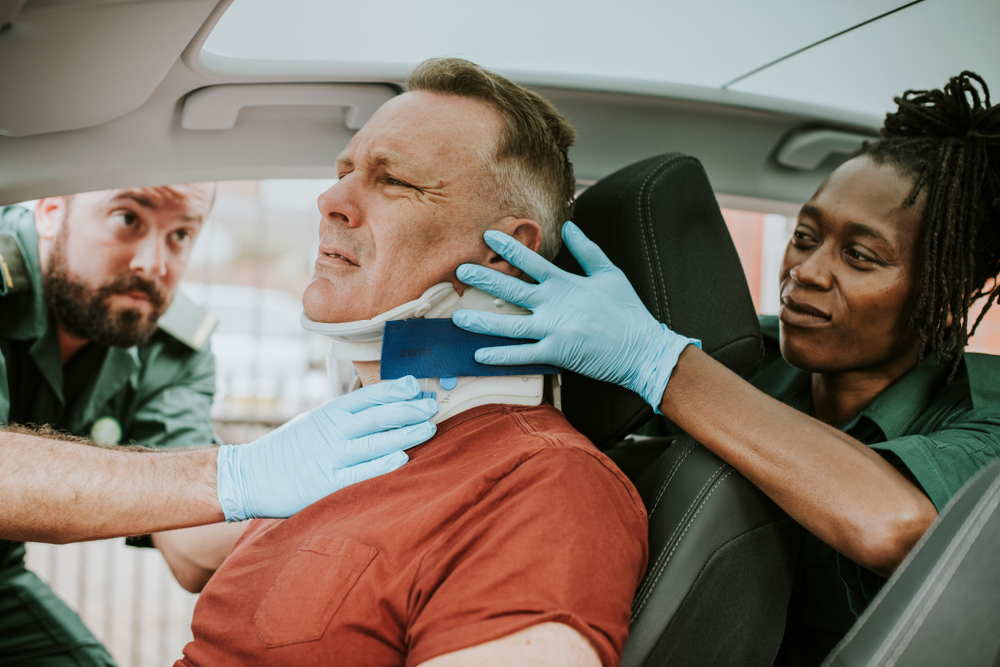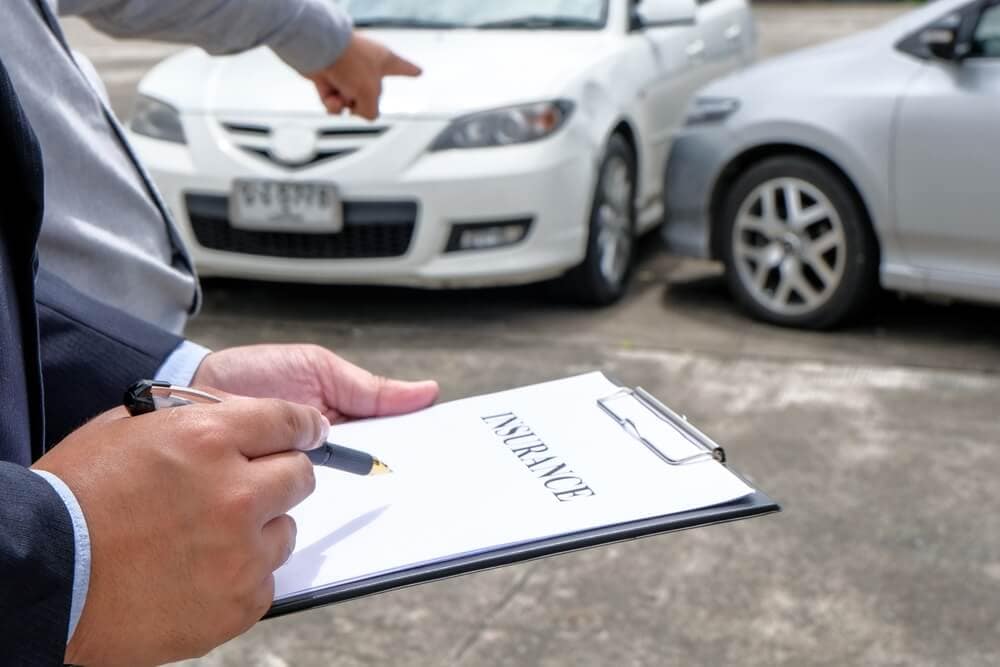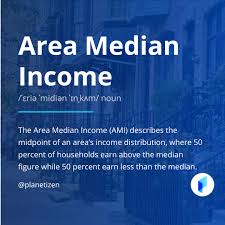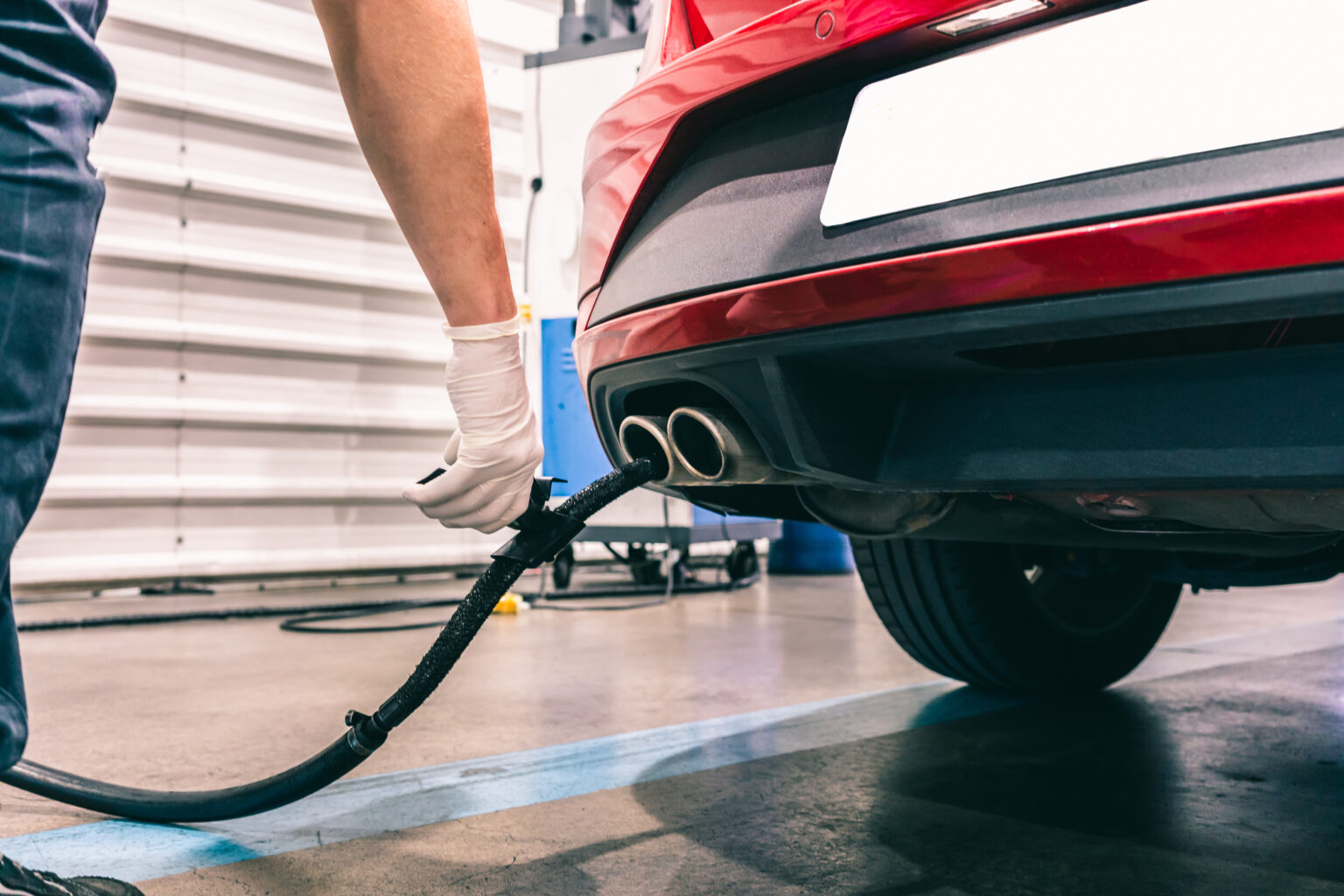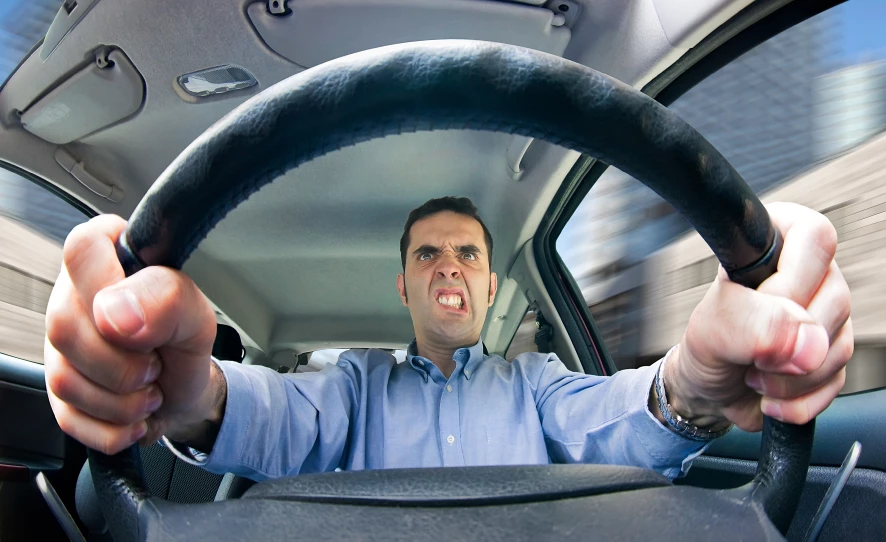Driving can sometimes bring out the worst in people, and aggressive driving is one of the most dangerous expressions of road frustration. But what exactly counts as aggressive driving, and how can you avoid it? Let’s break it down in a friendly, easy-to-understand way.
Understanding Aggressive Driving
The National Highway Traffic Safety Administration (NHTSA) defines aggressive driving as “a combination of moving traffic offenses that endanger other persons or property.” In simpler terms, aggressive drivers take risks on the road that put themselves and others in danger. This behavior isn’t always habitual—it can happen in the heat of the moment, like when you’re stressed or running late.
Key Takeaways:
- Aggressive driving and road rage can have serious, even life-threatening consequences.
- If aggressive driving leads to accidents or violations, your insurance rates may increase.
- Staying calm and practicing safe driving habits is the best defense.
Aggressive Driving vs. Road Rage
While aggressive driving and road rage are related, they’re not exactly the same:
- Aggressive Driving: Behaviors that endanger people or property.
- Road Rage: A heightened, angry reaction to other drivers, pedestrians, or cyclists. It often escalates tensions and may lead to confrontations.
In short, aggressive driving can exist without road rage, and vice versa.
Common Examples of Aggressive Driving
Some of the most typical aggressive driving behaviors include:
- Speeding in heavy traffic
- Weaving through traffic
- Passing on the right
- Running stop signs or red lights
- Tailgating
- Ignoring right-of-way rules
- Cutting off other drivers and slowing down
- Changing lanes without signaling
- Blocking others from changing lanes
More examples of aggressive driving behaviors can be found on the NHTSA website.
Examples of Road Rage
Road rage can involve more emotional reactions, such as:
- Yelling or verbal insults
- Rude gestures
- Excessive horn honking
- Physical confrontations
- Dangerous maneuvers like tailgating or cutting off cars
How Aggressive Driving Impacts Insurance Rates
Occasional frustration behind the wheel won’t usually affect your insurance. However, if aggressive driving results in traffic tickets or accidents, your rates could go up. Multiple violations might even require a court-ordered SR-22, affecting your policy. In some cases, repeated reckless behavior can lead to policy cancellation.
Some insurers use telematics apps to monitor driving habits. Hard braking, rapid acceleration, and other risky behaviors can be recorded and influence rates.
How to Improve Your Driving Habits
If you recognize aggressive tendencies in yourself, there are steps you can take:
- Defensive Driving Courses: Programs like DefensiveDriving.com can help you relearn safe driving techniques.
- Emotional Awareness: Remind yourself that every driver has their own story. Someone cutting you off might be rushing to an emergency.
- Driving Etiquette: Practice patience, signaling properly, and respecting other drivers’ space.
Techniques to Stay Calm While Driving
Managing anger on the road can save your life:
- Interrupt Negative Thoughts: Don’t take other drivers’ actions personally.
- Practice Calming Breathing: Diaphragmatic breathing lowers heart rate and reduces stress.
- Check for Tension: Relax tight muscles, such as your hands on the steering wheel.
- Limit Horn Use: Horns are for alerts, not for expressing frustration.
For more tips on stress management while driving, check American Psychological Association resources.
Avoiding Aggressive Drivers and Road Rage
If you encounter an aggressive driver, safety is key:
- Let Them Pass: Don’t engage; move out of their way.
- Avoid Eye Contact: This reduces the chance of intimidation.
- Contact Authorities: If needed, report dangerous drivers to the police.
- Avoid Home or Work Routes: If someone is following you, go to a public or police location.
Final Thoughts
Aggressive driving and road rage are serious risks, but with awareness and proactive techniques, you can protect yourself and others. Remember, staying calm, practicing defensive driving, and respecting others on the road is not just good etiquette—it’s essential for safety.




